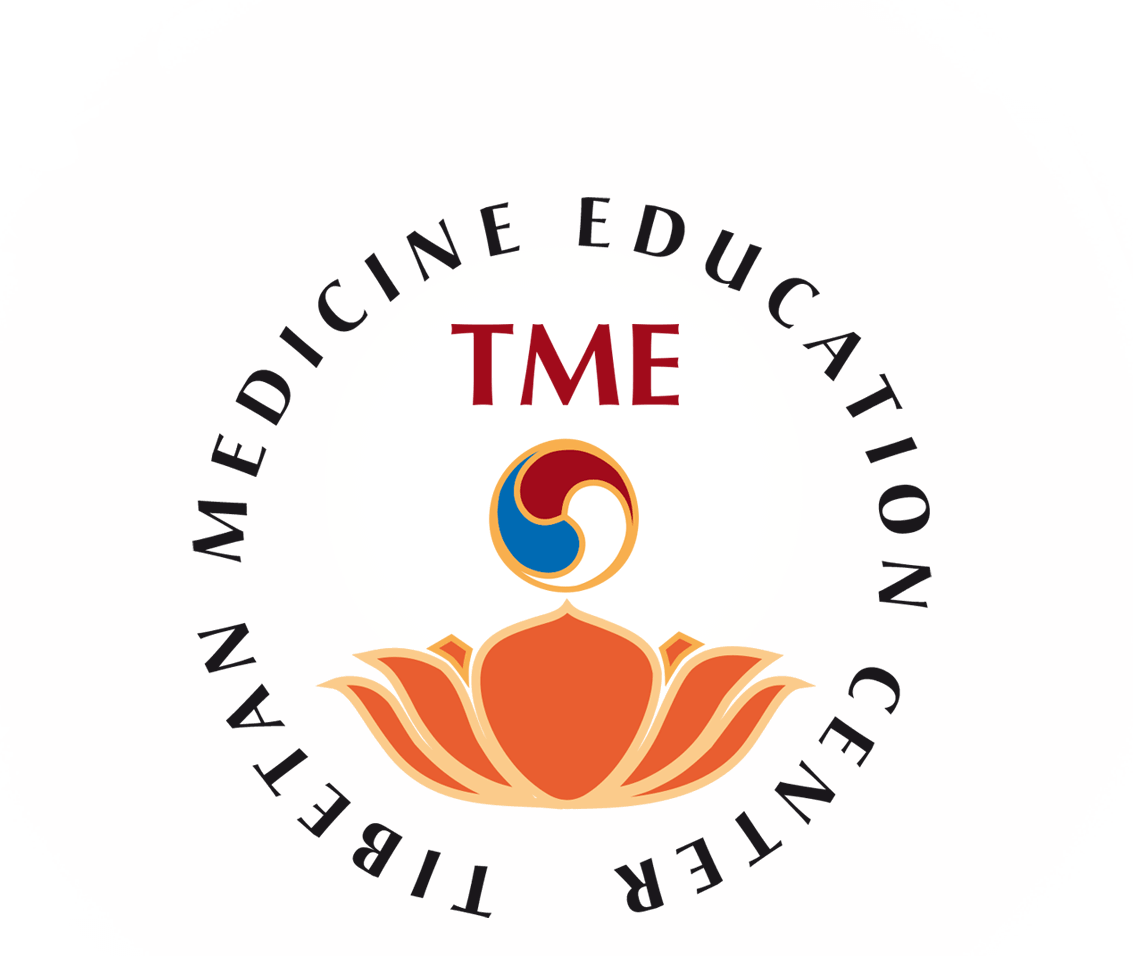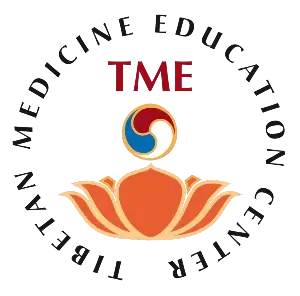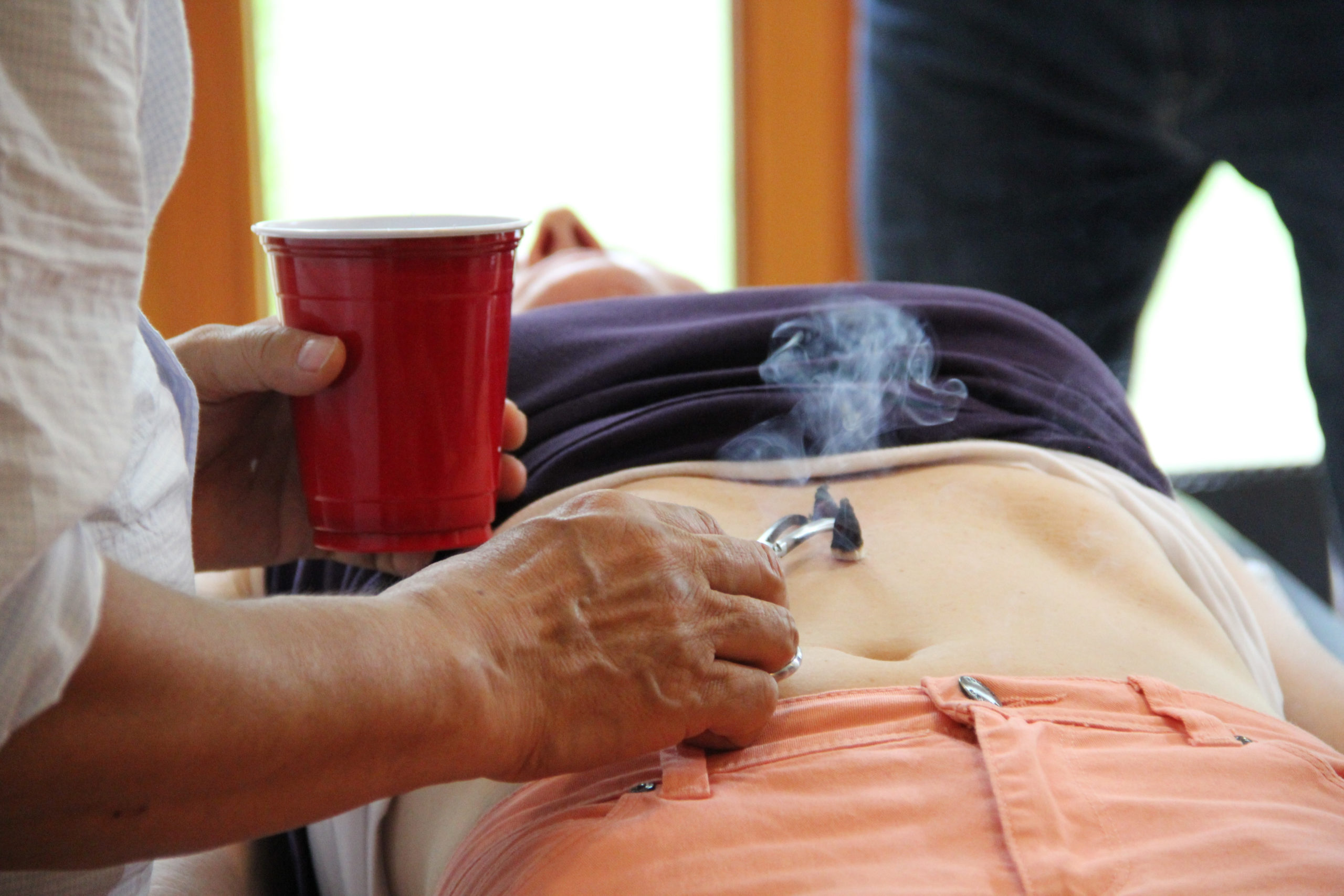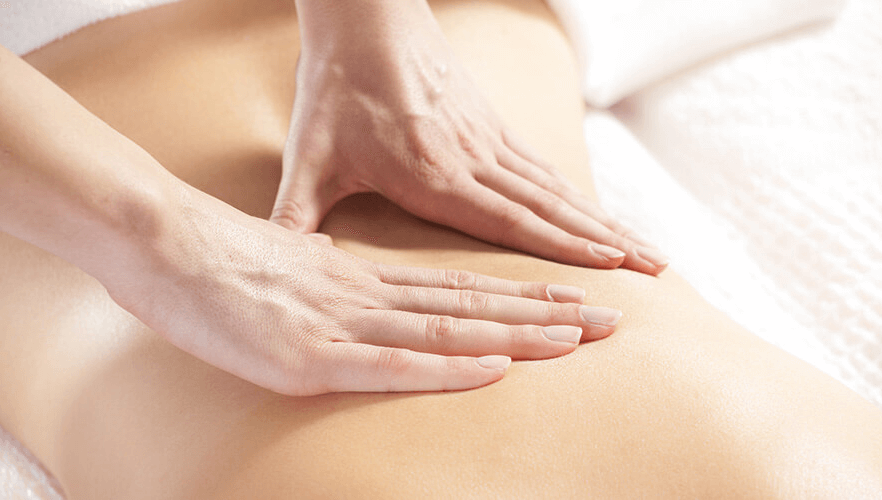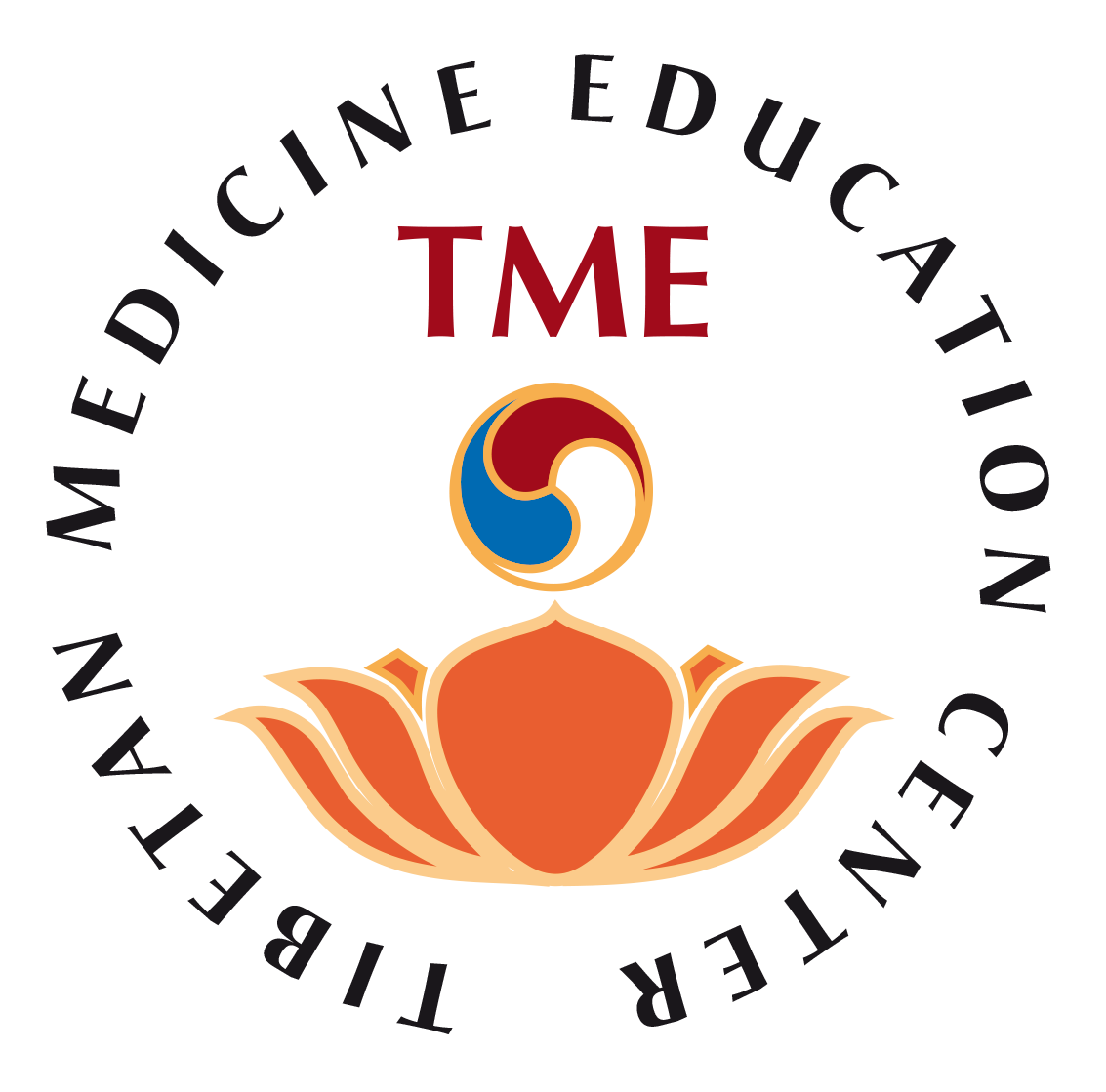External Therapies
Horme
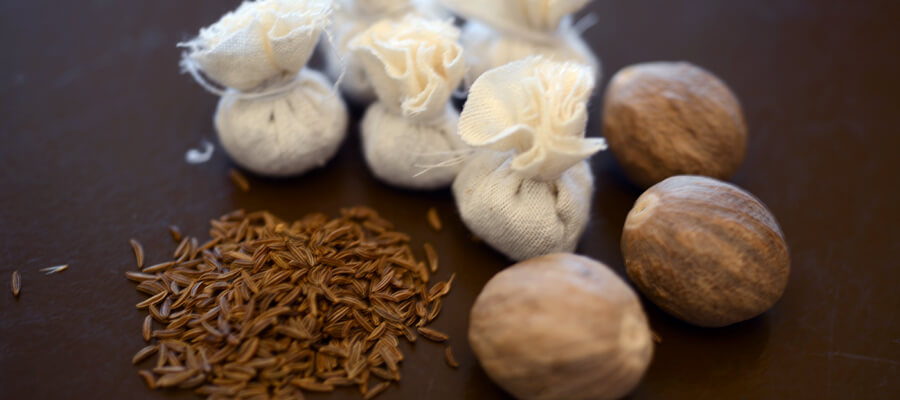
Hor-me therapy is a Tibetan medical and home remedy therapy. It is practiced with simple and effective materials available everywhere. Generally made from warm melted butter or warm oil with, and added ingredients, it can be prepared and practiced in cotton bundles or cotton discs. Hor-me therapy aims at healing Wind disorders (psycho-emotional distress problems), it restores sleep, releases tension, and relaxes the body mind. It is widely used by Tibetan physicians, and especially as a grandmother’s remedy, even in emergency aid therapy.
Traditionally Hor-me is taught orally as not much material is described in medical literatures. Some practice points are common to moxibustion and Hor-me, but Hor-me itself also has its own traditional points specifically used for therapeutic works.
Hor-me origin
According to etymology, the term Hor-me or Hor gyi me btsa’ comes from upper Tibetan nomads. Indeed, Hor refers to the people of North Tibet, an undivided land in ancient time, beyond the Tibetan plateau. Ancient Tibetan war history shows that there were three main ethnic groups of inhabitants: white, yellow, and black Hor people. Me’ means fire or heat produced by fire used in this particular practice. Hor-me is then a healing practice technique of these northern regions of Tibet that later came to central Tibet.
Looking at traditional history, we can see that Gyud-shi also included the term Hor-me in the first and third tantra in acute fever chapter[1]. This tradition is still widely used in Tibet’s ancient culture and Himalayan ethnic healing practices.
Hor-me is a home remedy
Hor-me is simple and effective for Wind disorders. It is therefore a great home and remote area healing practice. It was often used in Amchis villages and many grandparents and parents, for almost all mild and serious Wind disorders and psychological imbalance problems. Traders and travelers were also used to bringing along the Hor-me ingredients to be used in case of incidental and physical or mental disorders. The ingredients and practice are available at a very low price in many places and homes in Asia and even in the west.
Hor-me in Tibetan medical therapy – method and healing
Hor-me therapy is a technique of warming or heating specific vital body points such as head, face, hands, throat, and chest with medicated oil in the form of prepared bundles. To the medicated oil or melted butter are added nutmeg powder (Myristica fragrance) and cumin seed powder (Carum carvi powder). Its points are generally larger than the moxa points as they cover more body space. This therapy relieves lung pain and lung disorders especially caused by Wind humor, loss of consciousness, nervousness, anxiety, trembling, shock, vertigo and panic attack, among others. It also opens channels where energy is lost or released without control, and it restores the body vital energy.
It may also be used as a simple rescue treatment in emergency cases of depression and fainting. Other indicated cases are for instance low physical energy, loss of blood, post-delivery disorders, accidents, emotional disorders caused by fear and worry, menopause symptoms and altitude disorders. It is also used against strong stress and tension, burnout, back pain caused by strong Wind constitutional disorder, dry and rough skin, and Wind pressure such as back and shoulder pain and tinnitus.
Hor-me is a substitute therapy to moxibustion when moxa cannot be used for instance in cases of pregnancy, post-surgery, for children, aged or physically weak people. It may also be advised to people who are healthy but cannot relax the body/mind, who have sleeping trouble, or who search tranquility.
Attention: Hor-me therapy should not be applied in case of high fever, high blood pressure, serious infections and inflammations and hot bile disorder such as jaundice.
Materials needed for Hor-me therapy
Hor-me therapy practice requires the following:
- Nutmeg (Myristica fragrance: sand size grains powder)
- Cumin seed (Carum carvi: rough powder, wild cumin is better)
- Sesame oil or pure butter
Hor-me Practice
The detail practice must learn from the experienced Tibetan Amchi/doctor or therapist.
……………………………………………………
- [1] Yuthok Yonten Gonpo ‘bdud rtsi snying po yan lag brgyadpa gsangwa mangag gi rgyud ces bya wa bzhugs so’ Published by Tibet autonomous people’s publication, Lhasa 1982, Page 13 and 191
